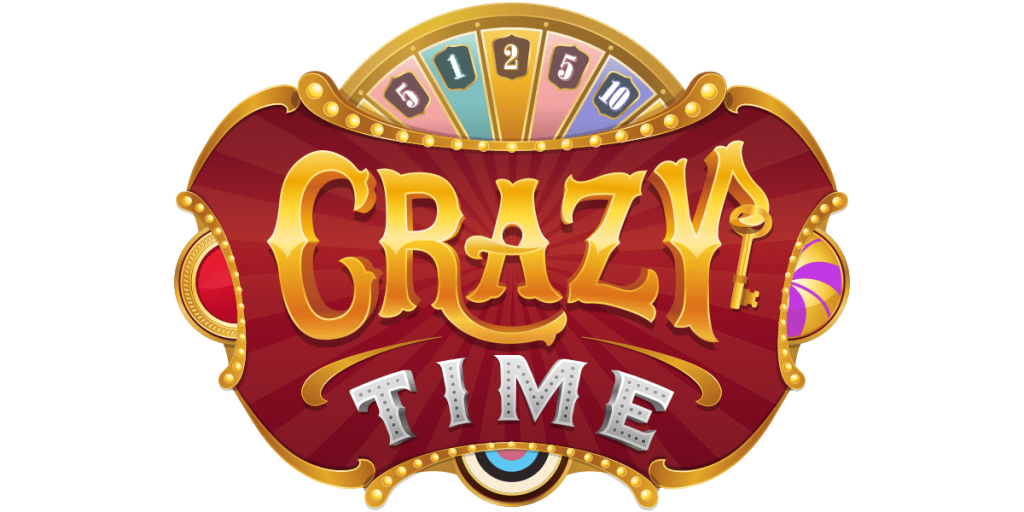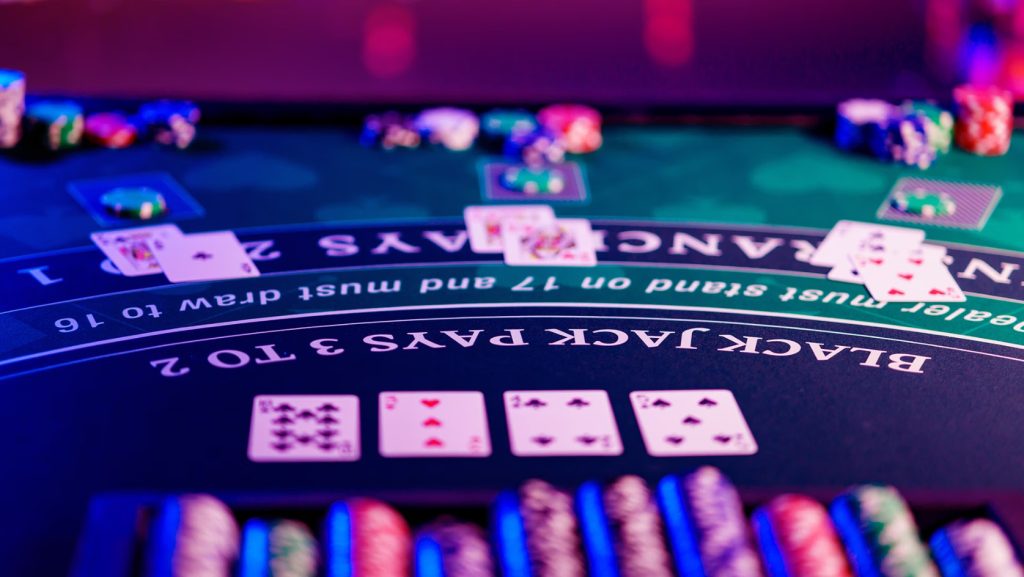Blackjack is one of the most popular and potentially profitable games in the casino, boasting one of the lowest house edges when played correctly. Unlike many casino games, blackjack is not purely a game of chance. With the right strategy, players can significantly reduce the house edge — and sometimes even turn it in their favor. This article explores time-tested methods, from basic strategy to card counting, and includes strategy tables to guide your play.
Table of Contents
Blackjack: Understanding the Basics
In blackjack, the goal is to beat the dealer’s hand without exceeding 21. Each player is dealt two cards and can choose to hit (take another card), stand (end their turn), double down (double their bet and receive one more card), or split (if the cards are a pair, split into two hands).
The house edge in blackjack can be as low as 0.5% — if you play using perfect basic strategy. That’s significantly better than most casino games.
Basic Strategy: Your Best Tool
Basic strategy is a mathematically derived set of decisions for every possible player hand versus every dealer upcard. This strategy minimizes the house edge and is based on millions of simulated hands.
Here’s a simplified Basic Strategy Table for a standard game: 4–8 decks, dealer stands on soft 17.
Hard Hands (No Aces)
| Your Hand | Dealer’s Upcard | Action |
|---|---|---|
| 8 or less | 2–10, A | Hit |
| 9 | 3–6 | Double (Hit if not allowed) |
| 10 | 2–9 | Double |
| 11 | 2–10 | Double |
| 12 | 4–6 | Stand |
| 12 | 2–3, 7–A | Hit |
| 13–16 | 2–6 | Stand |
| 13–16 | 7–A | Hit |
| 17+ | Any | Stand |
Soft Hands (Containing an Ace)
| Your Hand | Dealer’s Upcard | Action |
|---|---|---|
| A,2–A,3 | 5–6 | Double (Hit if not allowed) |
| A,4–A,5 | 4–6 | Double (Hit if not allowed) |
| A,6 | 3–6 | Double |
| A,7 | 2–6 | Double/Stand |
| A,7 | 7–8 | Stand |
| A,7 | 9–A | Hit |
| A,8–A,9 | Any | Stand |
Pairs (When to Split)
| Pair | Dealer’s Upcard | Action |
|---|---|---|
| A,A or 8,8 | Any | Always Split |
| 2,2 or 3,3 | 2–7 | Split |
| 4,4 | 5–6 | Split |
| 5,5 | Never | Treat as 10 |
| 6,6 | 2–6 | Split |
| 7,7 | 2–7 | Split |
| 9,9 | 2–6, 8–9 | Split |
| 10,10 | Never | Stand |
Note: Always check the rules of the specific table you are playing at. Strategy can vary depending on whether the dealer hits or stands on soft 17, if doubling after split is allowed, or the number of decks.
Advanced Strategies: Card Counting
Card counting is a legitimate strategy that gives the player a statistical edge by keeping track of the ratio of high to low cards left in the deck.
The Hi-Lo System
The most widely used system is the Hi-Lo:
- Cards 2–6: +1
- Cards 7–9: 0
- Cards 10–A: -1
As cards are dealt, you track the “running count”. A high positive count means more high cards (10s, face cards, Aces) are left in the deck — good for the player.
To use this in multi-deck games, convert to the true count:
True Count = Running Count ÷ Estimated Decks Remaining
How to Adjust Bets
- True Count 0 or less: Bet minimum.
- True Count +1 to +2: Slightly increase your bet.
- True Count +3 or higher: Significantly increase your bet.
Warning: Card counting is legal but frowned upon by casinos. You may be asked to leave or banned if caught.
Money Management and Discipline
Strategy isn’t just about the cards — it’s about your bankroll too.
Tips for Smart Money Management
- Set a loss limit and stick to it.
- Never chase losses.
- Flat bet when unsure (always betting the same amount).
- Keep sessions short to avoid fatigue.
Even the best players face downswings. Discipline is what separates advantage players from gamblers.
Avoid Common Mistakes
- Don’t take insurance. It’s statistically a losing bet.
- Don’t split 5s or 10s. A 10 is a strong starting hand.
- Don’t rely on gut feeling. Use the strategy chart.
- Don’t drink too much. It impairs judgment.
Blackjack can be one of the few games where a skilled player can consistently win. With basic strategy, card counting, and disciplined money management, you can reduce the house edge to nearly zero — or beat it entirely. However, it’s crucial to stay sharp, follow the math, and respect your limits.
Whether you’re a casual player or an aspiring advantage gambler, mastering the game of blackjack starts with learning the charts and playing with purpose.

